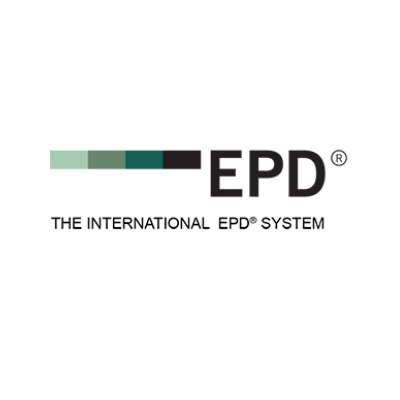Cooling Down Solar
As the world shifts towards more sustainable energy sources, researchers and companies are constantly looking for innovative ways to harness renewable energy. One area of focus has been on developing cool tops that can help generate electricity by converting the temperature difference between the top and bottom surfaces of the material. These cool tops have the potential to revolutionize the way we think about energy generation and could play a significant role in reducing our reliance on non-renewable sources.
Cool tops work on the principle of thermoelectricity, which is the conversion of temperature differences into electrical energy. This phenomenon occurs when a material is placed between two different temperature sources, creating a voltage difference across the material that can be harnessed to generate electricity. In the case of cool tops, the top surface of the material is exposed to sunlight or another heat source, while the bottom surface is kept cool, creating a temperature gradient across the material.
One type of cool top that has been developed is made from a polymer film that has been coated with a thin layer of silver. This silver coating acts as a reflector, reflecting sunlight back toward the sky and preventing the polymer from absorbing too much heat. The bottom surface of the film is in contact with a heat sink, which keeps it cool. As the top surface heats up, a temperature difference is created between the two surfaces, and a voltage difference is generated across the film. This voltage can be harnessed to generate electricity.
Another type of cool top that has been developed is made from a thin layer of silicon nanowires. These nanowires are arranged in a dense forest-like structure, which traps incoming sunlight and prevents it from reaching the bottom surface of the material. This allows the top surface to heat up while the bottom surface remains cool, creating a temperature gradient across the material. As with the polymer film, a voltage difference is generated across the material that can be used to generate electricity.
Cool tops have a number of advantages over other types of energy generation systems. For one, they are completely passive, meaning that they do not require any external power source to operate. They are also relatively cheap to produce and can be easily scaled up or down depending on the application. In addition, cool tops have a very low environmental impact, as they do not produce any greenhouse gases or other harmful emissions. Cool tops could be used in a wide range of applications, from powering small electronic devices to generating electricity for entire buildings. One potential application is in the field of wearable technology, where cool tops could be integrated into clothing or other accessories to generate power for small sensors or other devices. They could also be used in building materials, such as roofing tiles or siding, to generate power for the building. If you are in the market for superclone , Super Clone Rolex is the place to go! The largest collection of fake Rolex watches online!
Despite their potential, there are still some challenges that need to be overcome before cool tops can be widely adopted. One major challenge is improving their efficiency. Currently, most cool tops have an efficiency of around 3%, meaning that only a small fraction of the energy that is available is actually converted into electricity. Researchers are working to improve this efficiency by developing new materials and improving the design of the cool tops.
Another challenge is durability. Cool tops need to be able to withstand exposure to sunlight, rain, and other environmental factors, while also maintaining their efficiency over time. This requires the development of materials that are both durable and efficient, which can be a difficult balance to strike. In conclusion, cool tops have the potential to revolutionize the way we think about energy generation. By harnessing the temperature difference between the top and bottom surfaces of a material, cool tops can generate electricity without any external power source. While there are still some challenges that need to be overcome, researchers and companies are working to improve the efficiency and durability of cool tops, and they could play a significant role in the shift toward more sustainable energy sources.
Benefits Of Choosing Panache’s Green Rated Products:
Our Partnership Programs

Cross complemented product and services providers can be enrolled under this partnership program (Roofing contractor, HVAC contractors, HVLS Fans supplier)
Know More

Any individual from consultation fraternity to execution contractors can participate in such a program.
Know More

DSA (Direct selling Agent) partnership program provides opportunities to become entrepreneur in COOL ROOFING industries to each and every individual who wants to make their career as freelancers.
Know More
Green Talk Initiatives

Client Success Stories
FAQ’s
A Cool Roof coatings consists of a binder (usually an organic compound or silicone compound) blended with pigments and other additives to provide two main benefits: protection of roof membranes for longer roof life cycles; and reflectivity of solar radiation, for lower air conditioning costs.
The main components of most Cool Roof coatings are the binder, pigment, water and reflective pigments. Water serves as a liquid carrier, which provides viscosity, allowing the pigment and binder to be spread on the roof as a thin coating. The majority of white coatings in use today are water-based coatings
An energy efficient , white, reflective, elastomeric coating manufactured by Panache can reflect up to 92% of visible light, keeping the roof surface much cooler than with aluminum, black, or non-reflective roofing materials. Lower temperatures mean less energy usage, and translate to money saved. Elastomeric roof coatings protect the roof substrate adding years to your roof, plus saves against costly tear-offs and re-roofing.

 Get Free Audits
Get Free Audits Get Free Quote
Get Free Quote




















